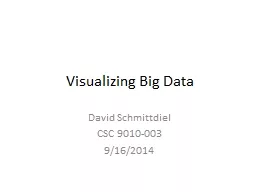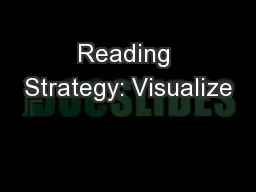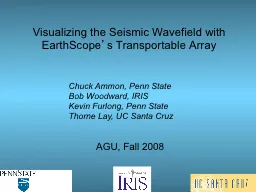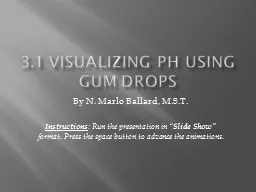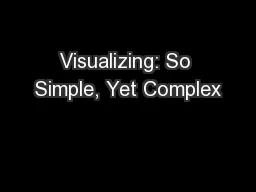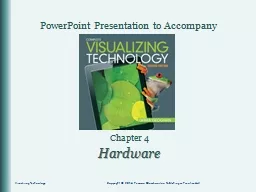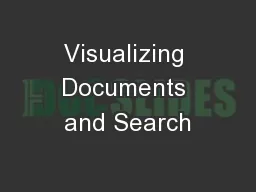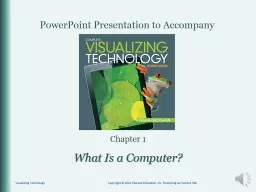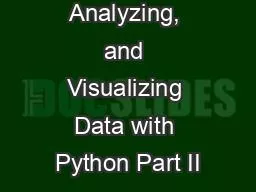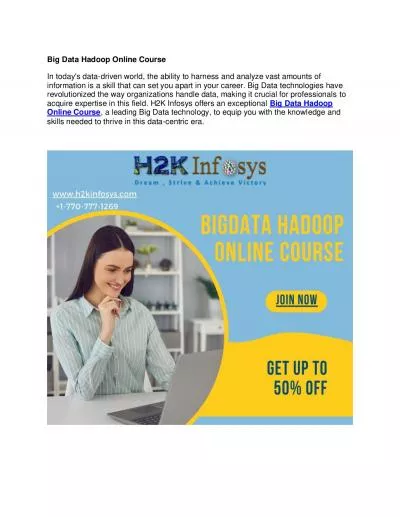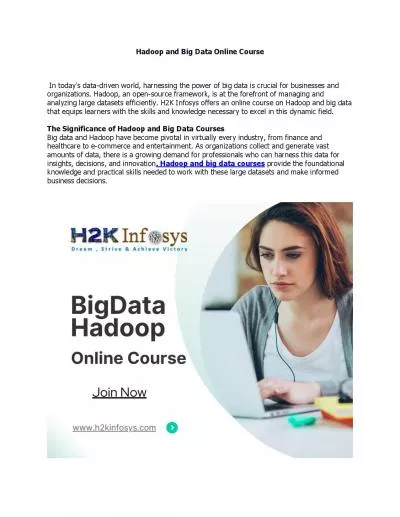PPT-Visualizing Big Data
Author : pamella-moone | Published Date : 2016-07-06
David Schmittdiel CSC 9010003 9162014 Outline Me Big Data review and background Problem statement Case study StubHub Intro I dont have a Computer Science background
Presentation Embed Code
Download Presentation
Download Presentation The PPT/PDF document "Visualizing Big Data" is the property of its rightful owner. Permission is granted to download and print the materials on this website for personal, non-commercial use only, and to display it on your personal computer provided you do not modify the materials and that you retain all copyright notices contained in the materials. By downloading content from our website, you accept the terms of this agreement.
Visualizing Big Data: Transcript
Download Rules Of Document
"Visualizing Big Data"The content belongs to its owner. You may download and print it for personal use, without modification, and keep all copyright notices. By downloading, you agree to these terms.
Related Documents

